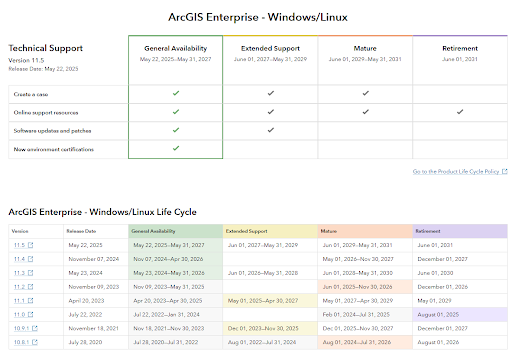NG9-1-1: Common CAD Questions
- Jan 30, 2022
- 3 min read
The completed Next Generation 9-1-1 (NG9-1-1) network will be national, state implemented, and operated by local entities. These multiple scales and the numerous agencies involved make the complexity of building such a network obvious. Thankfully, there is an ever growing body of literature devoted to explaining the topic. Articles, whitesheets, and best practice documents are easy to find. Each piece provides some technical and contextual guidance pertaining to standards and requirements incumbent upon local emergency management systems. However, our team of GIS professionals has recognized a common disconnect between the literature and its ideal audience.
The Cybersecurity & Infrastructure Security Agency created a “GIS Lifecycle Best Practices Guide for Next Generation 911” document which outlines the implementation phases involved in making GIS emergency response data compatible with Next Gen 9-1-1 technology.

We at Cloudpoint recognize GIS as a fundamental element in building the NG9-1-1 network, and provide many services to help 9-1-1 professionals with limited time or experience with GIS technologies to meet the new standards. It is therefore common that we are asked to explain how NG9-1-1 GIS data changes will affect local 9-1-1 centers. This blog endeavors to clarify some recurring areas of uncertainty, by examining both the local impacts of NG9-1-1 and the system rationale underlying NG9-1-1 requirements.
What is Schema:
Creating a cohesive system from thousands of individual largely unique pieces requires standardizing. The term “schema” is used by GIS professionals to describe “the structure or design of a database.” Its synonym - format - may be more intuitive. Transitioning to a standard NG9-1-1 database schema allows a larger network to be constructed. Data from Dallas will fit the same format as Lake Charles, Portland, etc. Software will be, thereby, better able to process broader geographic areas. Computer Aided Dispatch (CAD) system configurations may need to be adjusted to adopt the new format. Transitioning to NG9-1-1 is something all CAD vendors are aware of and should be preparing systems for. We recommend PSAPs coordinate with their CAD vendor on this to find out how to best configure their system.
New Fields:
When comparing the attribute fields of previous emergency response GIS data to the requirements of NG9-1-1, there are clear similarities. Address point data have fields for house numbers and street names. Road Centerline data have from-to ranges, as well as street name pre and post directionals. All as expected. Still, there are a handful of new fields which help specify and organize each entry, which agencies are responsible for the data, and dated accuracy. Local entities should keep these fields updated, and rest assured the effort is small compared to the benefit these additional fields provide.
Coordinate System:
Coordinate Systems, or spatial references, are the mathematical models of the earth surface that GIS data rests upon. Local entities typically use a coordinated system that is localized for maximum locational accuracy. Unfortunately, a local coordinate system simply does not work for a national network. NG9-1-1 requires WGS 84. So, translation between local systems and the national system is often necessary. At present, it is important to be mindful of the data coordinate system, and be sure the data supplied to CAD software is in a compatible coordinate system. Moving from one system to another is simple, but must be done carefully. It is likely in the future that all CAD software will transition to WGS 84 (world wide), as the difference in the degree of spatial accuracy between local spatial references and this global system is negligible.
Next Generation 9-1-1 will be a superior system than that which we have today. Yet, as with all projects, the “implementing phase” presents the largest challenges. While much of the literature provides excellent information on how to update to the NG9-1-1 standard, there is understandably little instruction on how best to transition from each unique PSAP system setup. For our local emergency response clients, knowing what to focus their attention on and when is key. The process of upgrading their system most efficiently relies upon knowledgeable people, communication, and teamwork. Cloudpoint is happy to become a resource to your team. Our experienced GIS professionals can provide clarity and insight to your NG9-1-1 data transition project. To request a meeting and quote for services, contact us at 877.377.8124, or through our contact page.


